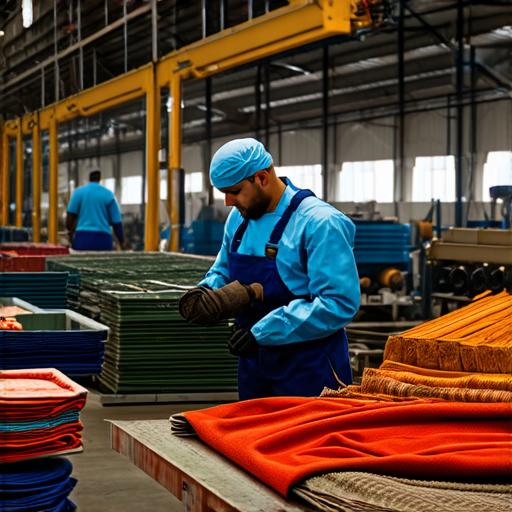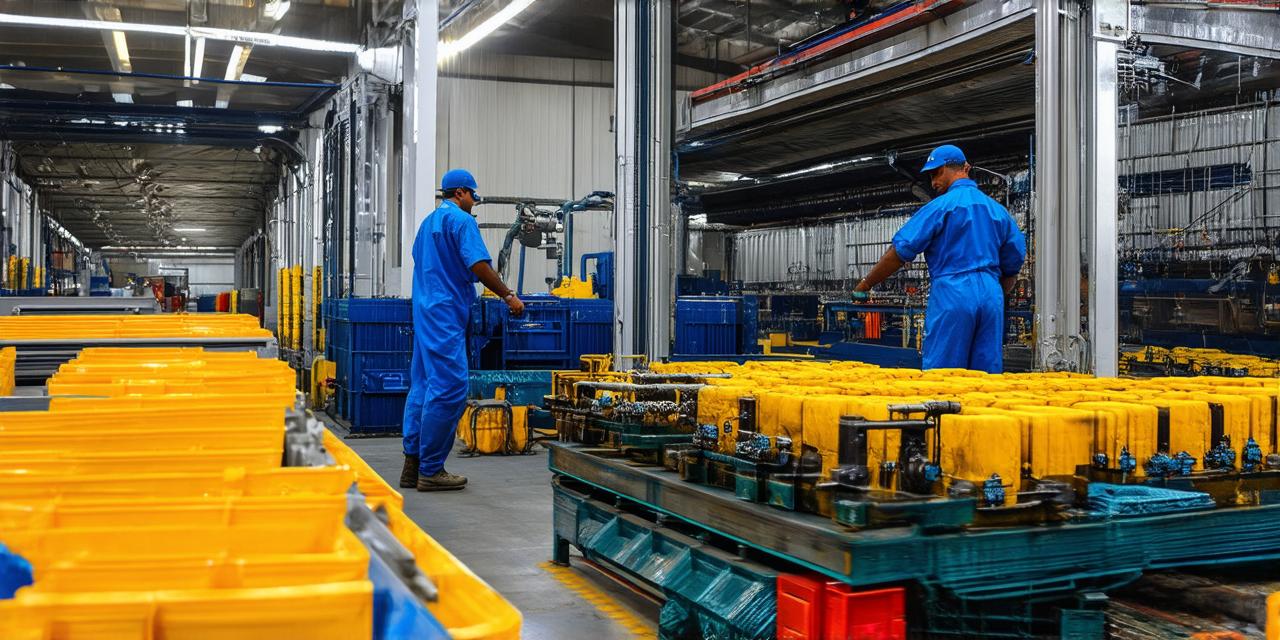Why are clothing companies outsourcing labor to factories in the global south
As clothing consumption continues to rise around the world, many companies have turned to outsourcing their manufacturing processes to factories in the global south.
This trend has been driven by a combination of factors, including cost savings and access to large, skilled labor pools. However, this practice raises important ethical questions about working conditions, labor rights, and environmental impact.
Cost Savings:
One of the primary drivers behind clothing companies outsourcing to factories in the global south is cost savings. These factories often operate with lower labor costs and fewer environmental regulations than those in developed countries, making them attractive options for companies looking to reduce expenses.
Access to Skilled Labor:
Another reason behind this trend is the availability of skilled labor in the global south. Many countries in this region have large populations of young, educated workers who are eager to join the workforce. These workers often have a strong work ethic and are willing to work long hours at low wages.

Labor Rights:
Despite these benefits, outsourcing labor to factories in the global south also raises concerns about labor rights. Many of these factories operate with poor working conditions and low wages, often without providing basic labor protections such as health insurance or paid vacation time. Workers are often forced to work long hours in cramped spaces, with little attention paid to their safety or well-being.
Environmental Impact:
Another concern is the environmental impact of outsourcing production to factories in the global south. These factories often rely heavily on water and energy resources, which can have a negative impact on local ecosystems. Additionally, many of these factories do not adhere to strict environmental regulations, leading to pollution and other forms of environmental damage.
Case Studies:
One example of this is the case of Nike, which has been criticized for its outsourcing practices in Indonesia. In 2015, workers at a Nike factory in Bali were found working 72-hour shifts with little rest or pay, leading to widespread protests and calls for better labor conditions.
Another example is the case of H&M, which has been accused of using sweatshops in Bangladesh to produce its clothing. In 2013, a fire at an H&M supplier’s factory in Bangladesh killed more than 1,200 workers, highlighting the dangerous working conditions faced by many of these workers.
Expert Opinions:
Many experts argue that outsourcing production to factories in the global south is not a sustainable solution for clothing companies. Instead, they suggest investing in more innovative manufacturing processes that reduce waste and improve worker safety.
Others argue that companies must take responsibility for their supply chains and ensure that all workers, regardless of where they are located, are treated fairly and have access to basic labor protections.
Real-Life Examples:
One example of a company that has taken a different approach is Patagonia, which sources its materials from sustainable suppliers and uses a “made here” model for many of its products. By producing more locally, Patagonia is able to ensure that all workers are treated fairly and that its manufacturing processes have a minimal impact on the environment.
Another example is Stella McCartney, who has made a commitment to using sustainable materials and reducing waste in her clothing line.
Thought-Provoking Ending:
In conclusion, outsourcing labor to factories in the global south has both benefits and drawbacks. While it can be an attractive option for companies looking to reduce costs and access skilled labor, it also raises important ethical questions about working conditions, labor rights, and environmental impact.
